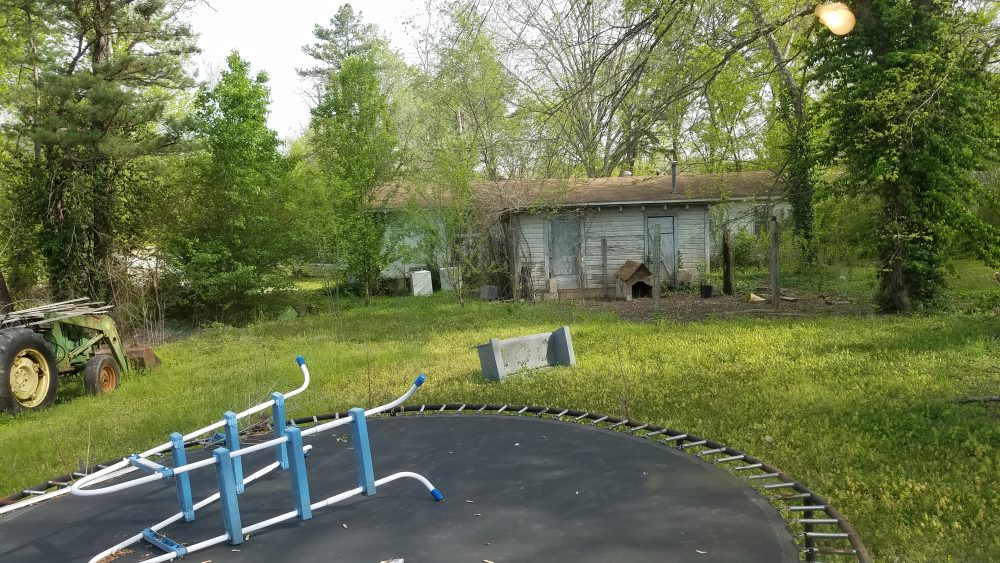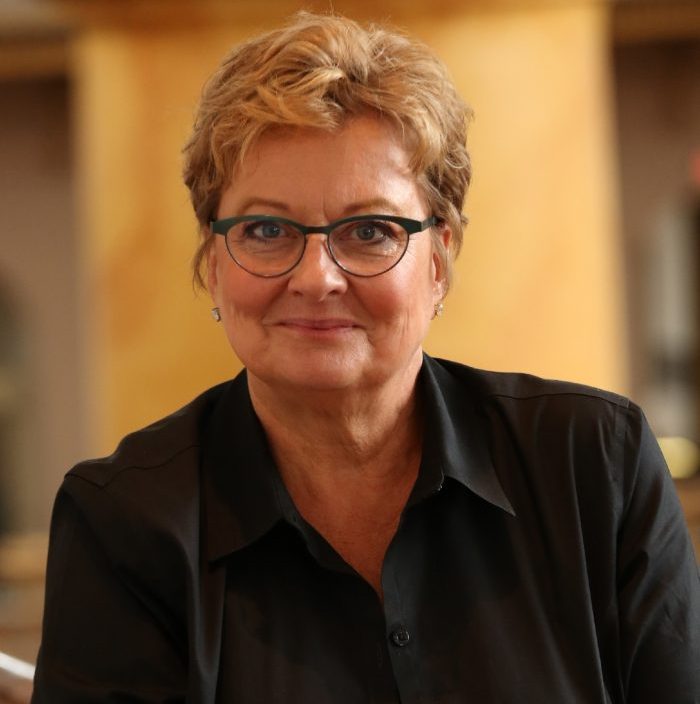Small Investments Can Have Big Impact
It is astonishing to realize that in just four years, the 10 states covered by the CDP Midwest Early Recovery Fund (the Fund) have experienced 42 different disasters – tornadoes, floods, severe storms, earthquakes and wildfires – affecting more than 61 different communities. Because of their locations in rural towns or on Native American reservations, little […]

It is astonishing to realize that in just four years, the 10 states covered by the CDP Midwest Early Recovery Fund (the Fund) have experienced 42 different disasters – tornadoes, floods, severe storms, earthquakes and wildfires – affecting more than 61 different communities. Because of their locations in rural towns or on Native American reservations, little to no national media attention means few resources were forthcoming. Yet, individuals and communities in these low-attention disasters have the same needs as those in higher profile events. That’s where our Fund steps in to help.
The mission of CDP’s Midwest Early Recovery Fund is to provide communities affected by low-attention disasters valuable recovery resources through a timely, consistent and replicable grantmaking process. We support those most vulnerable to the impact of a natural disaster so the entire community benefits from a more holistic and robust recovery.
When I think about what makes our Fund unique, these are the top five things: 1) We are the only organization that is consistently prepared to put money on the ground for low-attention disasters, 2) We don’t invest until I’ve made a site visit (sometimes that’s a quick ten-hour drive from home!), 3) We are really local funders, using our funds to build local capacity, 4) We have formed a Midwest Low Attention Children’s Working Group to help identify resources and partners for their distinct needs and 5) We have focus on building capacity around rural mental health. All in all, we provide high impact funding for low-attention disasters.

What makes the Fund special? I’d boil it down to two words – effectiveness and efficiency. By visiting the areas impacted, I learn their priorities and needs, including what they see as gaps and as opportunities. We think local. We invest local. In fact, we designed a five-step clipboard grantmaking process that gets community development dollars in place within weeks for grantmaking that takes a long view. So ours is a fund but more specifically, it is a program with funding priorities in Recovery Services, Children and Outreach/Education.
These are some of our guiding principles:
- Get to know the community’s leadership. Most small communities have a few dedicated leaders who wear multiple hats and they may need a new set of skills to manage their recovery.
- Grant “quick” dollars for community development work. Disasters shine a light on all the town’s vulnerabilities – if affordable housing was an issue before, it’s more profound after. Investing in recovery services is an opportunity to do things differently . . . and better. But, it takes a commitment of time and energy from local community champions, so our investments include paying people who are tackling these complex problems. It keeps them involved, committed and energized.
- Invest in outreach, training and education. One of our strengths is providing these community champions with training and education by subject matter experts to empower them to lead with confidence in a difficult time, including personal coping skills to manage the stress the recovery process brings. As outsiders, we tend to underestimate how much people suffer. In low-attention disasters, often there is no loss of life, but there is a loss of a WAY of life. Most people live in small or rural communities because it affords them a way of life they love. A disaster can change that . . . and an entire community can be in grief. Our Fund works to support mental health in a way that is authentic and accessible in a rural setting.
- Recognize that small investments have big impact. Our grants range from $3,000 – $165,000. If I were to describe to you some of the grants – for an additional school social worker or for someone to scan thousands of court house documents you might think, “small potatoes!” But when you know that social worker helps elementary students learn how to cope through rain storms that now frighten them or the woman scanning documents is saving personal records and preserving a town’s history, then you more fully appreciate the power of these investments.
The truth is, we’ve all heard about “the big ones,” but small-scale disasters are a constant; no place is out of harm’s way. What we’ve learned in rural towns, where resources are scarce, can help make any community — including yours — stronger. You can learn more about the Fund here. I would also like to share some suggestions.
How to Support Communities After Low-Attention Disasters
- Trust the power of convening local leaders and develop community champions.
- Contact local community foundations already investing in the area and work together.
- Ask what an organization needs, then fund it fully; they probably can’t get more dollars.
- Support education, training and capacity building for a strong recovery process.
- Be flexible – needs will differ three, six or nine months later.
- Don’t make assumptions about community needs. Visit. Listen. Respond.
The Fund is a unique grantmaking model, initiated in the Midwest but relevant for other communities. If this has piqued your interest, contact me, I’d love to talk more about it.
More like this

Early Recovery Fund Meets Needs in Low-Attention Midwest Disasters
